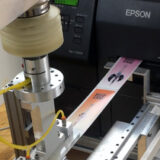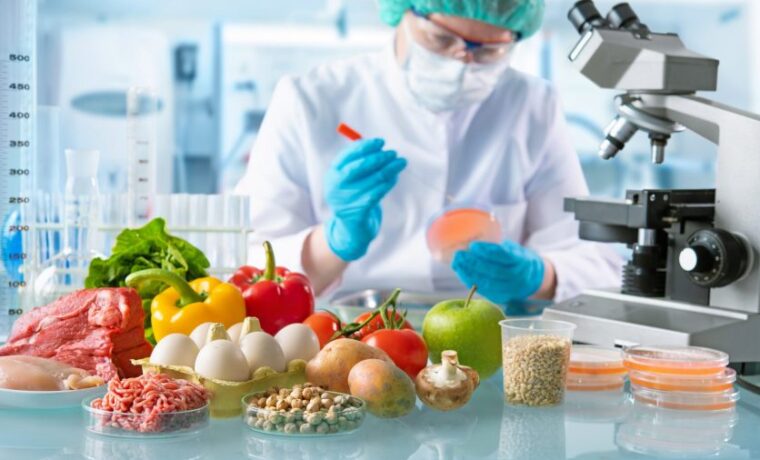DNA testing is helpful in the food industry to verify the authenticity of food products and to trace the path that a given item has taken through the production line. DNA testing in food can help industry players be ahead of the game by utilizing modern food genomics to ensure their clients’ safety and protect themselves from violating the law. Here are crucial applications of DNA testing in the food industry that help you meet industry standards and keep your consumers safe.
1. Identifying Components of Complex Processed Food Mixtures
Some foods consist of complex mixtures which are not easily identifiable morphologically. As such, DNA food testing can help identify the composition of such complex food mixtures helpful in assessing the quality of a diet. The data you obtain can further find applications in providing further dietary development and giving nutritional guidelines. Public health officials can use such information to evaluate the effectiveness and safety of a diet plan and develop a nutrition policy.
2. Food Authentication
The food industry has hugely contributed to meeting food’s nutritional and safety requirements for human consumption. However, the industry has faced equal criticism from consumers and other players due to fraud and additional safety-related concerns. As such, scientists have developed countermeasures such as DNA testing on food to counter these vices.
DNA testing helps to detect intentional substitution and alterations in food substances. Further, the technology can help detect undeclared ingredients in foods likely to cause serious health risks such as allergies. That helps ensure that the food you consume maintains its integrity. DNA tests can help to detect counterfeit wine, meat, and milk products.
3. Food Traceability and Species Identification
DNA analysis can also help trace a product’s path through the production line. The analysis helps authenticate the integrity of a food product from its raw material to the end product. That allows for better quality control, as well as for preventing contamination at any stage of production.
DNA testing is a powerful tool for identifying the origin of species in plants and meat products. For example, DNA testing and analysis can determine whether your beef product is beef or contains other species, such as horse meat. That helps authorities deal with fraudulent claims of the origin of species, age of the slaughtered animal, and breed.
4. GMO Identification
Scientists have produced GMOs to improve yields, reduce reliance on pesticides, and reduce production costs, among other reasons. However, effective testing techniques for genetically modified foods are crucial in protecting consumers’ choice of food products and their autonomy. DNA testing helps to detect inserted foreign DNA sequences in food samples.
DNA test techniques such as PCR for GMOs will work whether the food is processed or raw. That helps detect intentional or unintentional mixing of GMO foods with non-GMO products. The process can help prevent cross-contamination and protect consumers throughout the supply chain.
5. Food safety
DNA testing is crucial in detecting labeling breaches and assessing food safety. There are several cases where DNA testing has helped to prevent food poisoning or other adverse side effects during production or distribution processes.
Some manufacturers are likely to make deceiving labels on their products or fail to mention components that may pose risks, such as allergens, thus potentially posing risks to their consumers. Therefore, DNA testing makes it possible to obtain food transparency in production and ensure food safety.
Conclusion
Food safety is crucial to enhancing human health and preventing food-related illnesses. DNA testing is a tool that can help to identify various food-related problems, such as contamination, fraud, and mislabeling. DNA testing can also help determine a product’s authenticity or intended use. With the right DNA food testing technology, you can enhance your food business and gain a competitive edge.
















